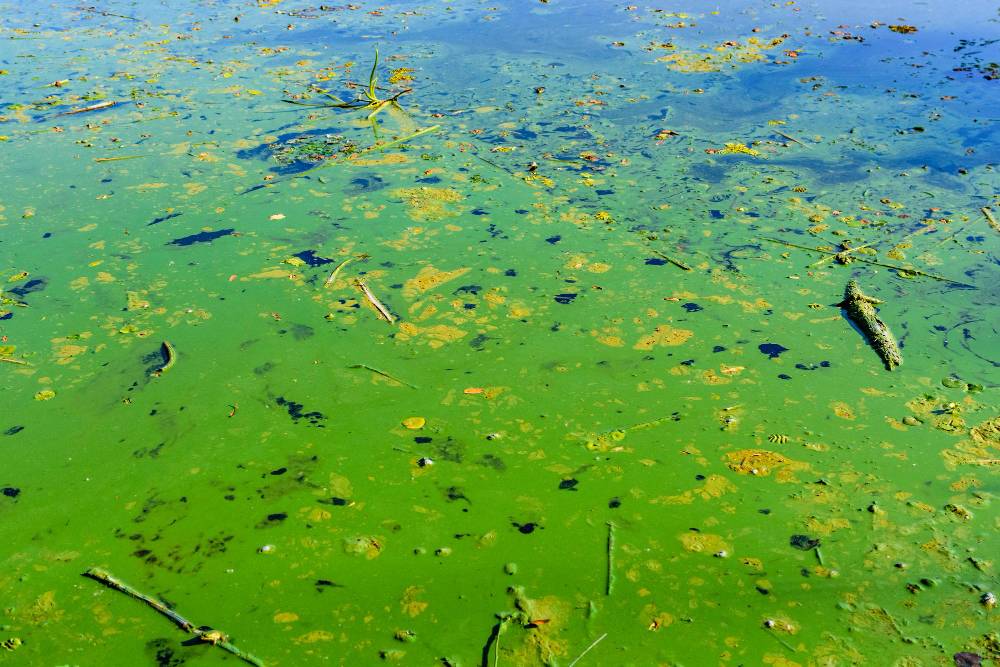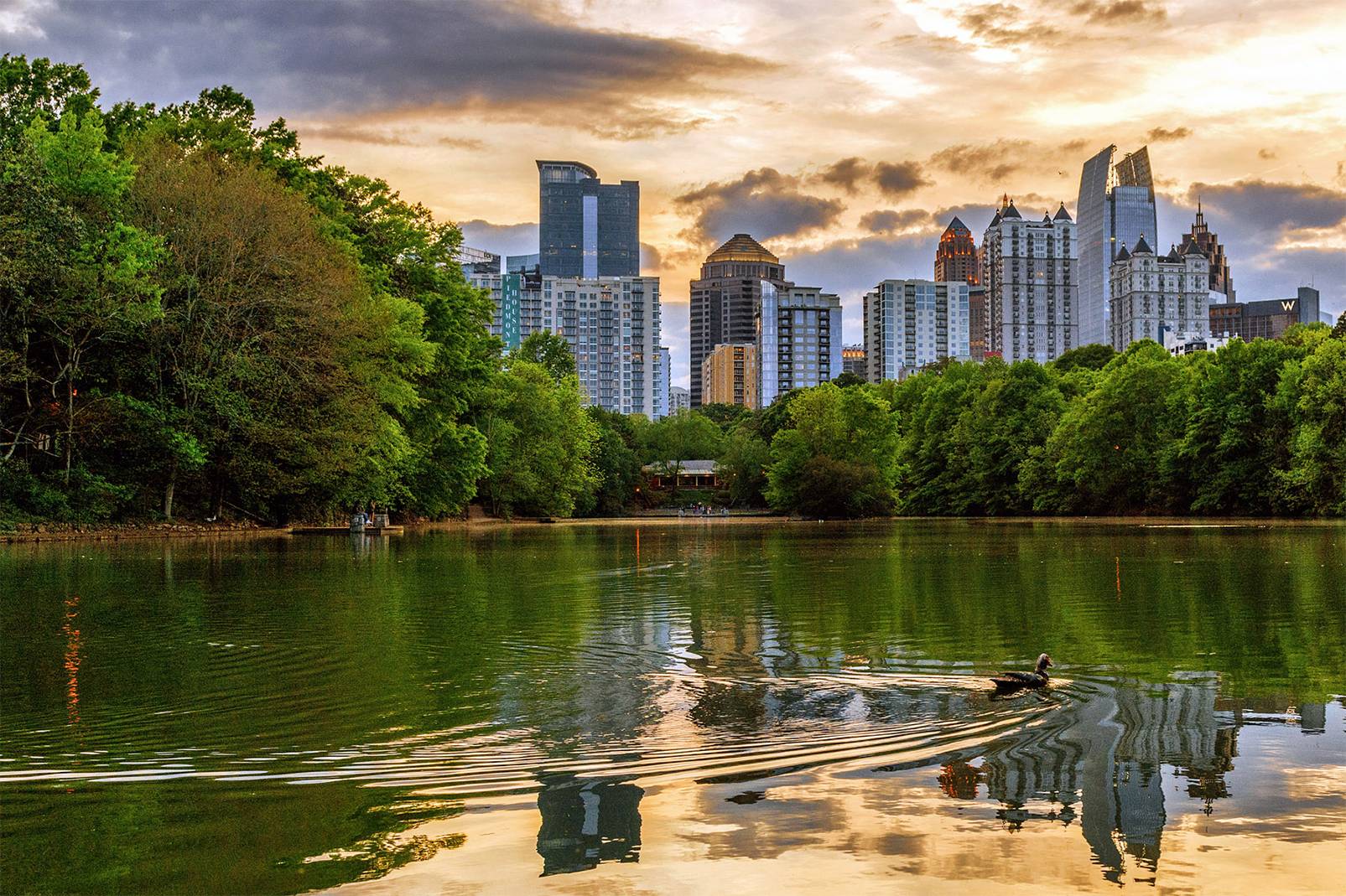
When you picture the ideal pond or lake, you probably imagine clear water, some graceful plants, and maybe the occasional fish rippling the surface. What you don’t picture is thick, green gunk spreading across the water, turning your peaceful scene into something far less idyllic. This “gunk” often comes in the form of algae or biofilm—two common issues that can cloud up your water and your enjoyment.
But what exactly are algae and biofilm? Are they the same thing? And most importantly, how do you deal with them? In this brief article brought to you by the pond maintenance professionals at Aquatic Restoration, we dip our feet into understanding these two aquatic nuisances.
If you are looking for trained and uniformed professionals to take care of your lake or retention pond maintenance, then call Aquatic Restoration to schedule a convenient appointment. Our team is ready when you are.
Algae are tiny plant-like organisms that live in water. They’re not quite plants, but they share some characteristics like the ability to photosynthesize (use sunlight to make energy). In fact, a little bit of algae is actually a good thing! It provides food for fish and other aquatic creatures and helps oxygenate the water.
However, too much algae can quickly turn your beautiful pond into a slimy mess. Algae can take on several forms, from microscopic single-cell algae (which make your water look green and cloudy) to stringy, mat-like algae that float on the surface. This latter form is sometimes referred to as “pond scum” and can be particularly frustrating because it spreads rapidly.

Biofilm is a little different. It’s a sticky layer of microorganisms, including bacteria, algae, and other microbes, that form a slimy film over surfaces like rocks, plants, and even the water surface. It’s like a dirty film that sticks to everything it touches. If you’ve ever noticed a slick layer on rocks or the side of a pond, that’s biofilm.
While biofilm can form on its own, it often contains algae as well, making it easy to confuse the two. Biofilm tends to look slimy and can be brown, green, or even reddish in color, depending on the types of microorganisms that are present.
While both algae and biofilm can be normal parts of a healthy pond ecosystem, they can quickly get out of hand. Here are some of the problems they can cause:
So, how do you keep algae and biofilm in check? Here are some practical tips:
With a little effort, you’ll be able to enjoy the beautiful, serene water feature you’ve always envisioned! If you’d rather leave the pond maintenance in Gwinnett County to trained professionals, then call Aquatic Restoration to schedule a consultation or appointment today.
Lakes are vital ecosystems that support wildlife, protect water quality, and enhance the quality of life for surrounding communities. Whether…
If you’re reading this, there’s a good chance you’re sick and tired of dealing with aquatic weeds that never…
Lake management is an integral part of keeping lakes healthy, functional, and beautiful for generations to come. Not only…
When people think of lake management, they often picture large-scale restoration projects involving acres of water and heavy…
Is your once beautiful and sparkling lake looking murky? Does excessive algae or scum on the surface turn it into…